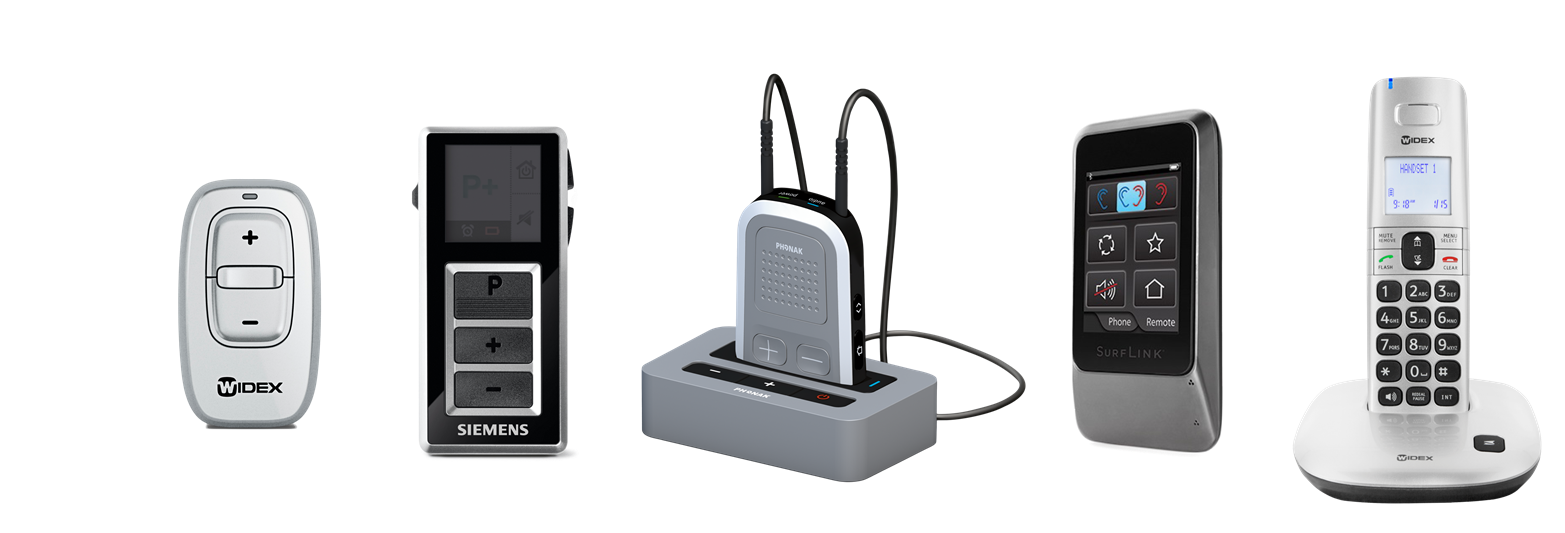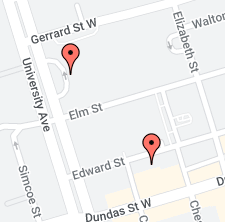Completely In Canal (CIC) or Mini Canal (MIC)
These styles are the smallest types of hearing aids made and are almost invisible in the ear. They are perfect for people who want a discreet hearing solution. This type of hearing aid takes advantage of the ear’s own natural sound-collecting design and offers convenient telephone usage.
CIC and MIC hearing aids fit all types of sensorineural hearing losses from mild to moderately severe. These hearing aids are restricted to people with ear canals large enough to accommodate the insertion depth of the hearing instrument into the ear. The small battery requires good manual dexterity.
In The Canal (ITC)
A little bigger than the CIC/MIC, the ITC hearing aids also fit far into the ear canal and provide an optional cosmetic solution that will be hidden almost totally in the ears. In-the-Canal hearing instruments use a slightly larger battery than the CIC/MIC styles.
The ITC style deals with all types of sensorineural hearing losses from mild to moderately severe.
In the Ear (ITE) or Half Shell (HS)
These hearing aids can be used for a wider range of hearing losses. Due to their larger size, ITEs and Full concha hearing aids can accommodate larger sound amplifiers and more features such as a volume control and program switch. They are also easier to handle.
These styles are suitable for sensorineural hearing losses from mild to profound hearing loss.
Behind the Ear (BTE)
In BTE hearing aids, the electronics are housed in a case that fits behind the ear. Tubing and a custom made earmold direct the sound to the ear canal. BTE hearing aids can provide more amplification than smaller devices due to the stronger amplifier and the larger battery. The larger surface can accommodate a volume control and/or program switches. This style is available in several colors for hair and skin tone matching.
BTEs can handle all types of sensorineural hearing losses from mild to profound. Due to its robust design, this style is especially recommended for children. Some BTE styles are now water and dust resistant.
Open Fit
In this application the hearing aid electronics are housed behind the ear. The sound is channeled from the behind the ear portion via a slim tube and generic rubber tip that fits in the ear. These hearing aids are very cosmetically appealing and are used primarily for high frequency hearing loss. However, there have been some adaptations made allowing for the fit of more moderate to severe hearing loss. Some conventional BTEs can be converted into an open fit hearing aid depending on the type of hearing loss. Volume control and program button maybe an option for this type of hearing aid.
Receiver in the Canal (RIC) or Receiver in The Ear (RITE)
In this application the hearing aid microphones and processor are housed behind the ear. The sound is channeled into the ear via a small wire connected to a small receiver. The separation between microphone and receiver allows for more power and fit flexibility without feedback. These hearing aids are also cosmetically appealing and can be used to fit mild to severe hearing loss. Some of these hearing aids also have a program button.
Invisible in the Canal (IIC) and Lyric
In this application the hearing aids are deeply inserted in the ear canal. Some of these hearing aids must be carefully inserted in the ear canal by a trained professional. Other manufacturers have products that can be inserted and removed by the patient. These hearing aids are not meant for everyone. Please consult with your hearing health care provider prior to considering these devices.
Hearing Aid Accessories
Most hearing aids are compatible with standard remote controls which adjust volume and make program changes. There have also been several developments in the area of Bluetooth and wireless streaming with respect to hearing aids. Almost all manufacturers have some sort of proprietary streaming device which can be easily paired to any device containing a Bluetooth transmitter ie: cellphones, tablets, laptops, etc. Some manufactures have also released landline telephones that have the potential to stream phone calls binaurally through the hearing aids. Non-hearing aid users may also use the phone like any other landline phone. Other wireless accessories include remote microphones and television streamers. Please ask your hearing health care professional about compatible wireless accessories. Also note; some wireless accessories are not suitable for patients with pacemakers.





